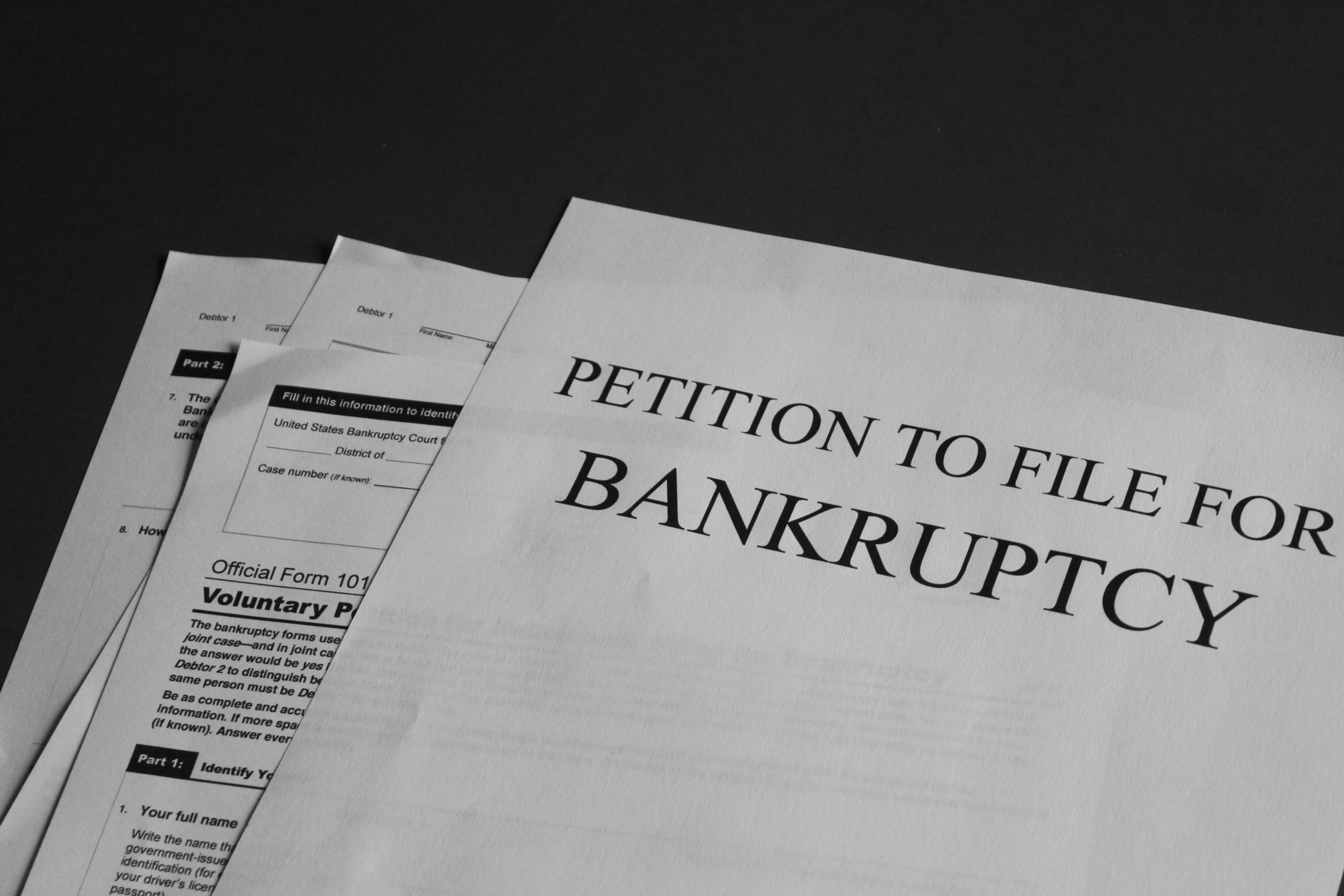Considerations if Your Customer is Potentially Facing Bankruptcy

With the recent uptick in Chapter 11 filings and a further increase expected in the coming quarters, companies across all industries would be wise to consider certain precautionary measures if a customer begins missing or delaying payments, or if it is otherwise suspected that the customer may be facing bankruptcy. Failing to take appropriate steps as soon as you notice that a customer is in financial distress could materially affect your rights in the bankruptcy and could even result in your liability to the bankruptcy estate. There is no substitute for involving counsel early, but you should consider taking the following steps before a bankruptcy petition is filed.
- Executory Contracts. If your customer files for bankruptcy, you will not be permitted to terminate any existing executory contract with them after the petition date, and you will be required to continue performing your obligations until the customer decides whether to accept or reject the contract. Thus, if you suspect that a customer is headed for bankruptcy and you do not wish to continue performing your obligations during the bankruptcy, consider whether you have a basis to terminate the contract before the petition is filed, based on any existing pre-petition breach of the customer’s obligations.
- Preference Liability. One of the biggest issues facing any vendor in a customer’s bankruptcy is preference liability. Payments you receive from a customer in the 90 days leading up to the date of their bankruptcy petition are potentially subject to clawback as a “preference payment.” Broadly speaking, this rule is in place to prevent insolvent companies from paying “preferred” creditors ahead of other creditors. You should be wary if your customer’s order frequency and volume increase without prompt payment, resulting in ballooning accounts receivable. This could give rise to the prototypical preference payment, where the customer provides a lump sum payment during the 90-day window to satisfy multiple outstanding invoices that are past due. These types of payments are made outside of the parties’ ordinary course of business and likely would result in your liability to the bankruptcy estate.
However, there are certain steps you can take to limit or prevent preference liability. One of the simplest options is to ensure that the customer remits payment for each invoice within the timeframe historically permitted for their account (within 5 days of net 30, for example, if consistent with past dealings). An even better option is to require payment in advance of delivery, which could eliminate your preference liability altogether for each such payment. There may be other options as well, depending on the circumstances, as each case is highly fact determinative.
If you suspect that a customer is facing bankruptcy, the most important step is involving counsel early enough to analyze your options before the petition is filed.
As the law continues to evolve on these matters, please note that this article is current as of date and time of publication and may not reflect subsequent developments. The content and interpretation of the issues addressed herein is subject to change. Cole Schotz P.C. disclaims any and all liability with respect to actions taken or not taken based on any or all of the contents of this publication to the fullest extent permitted by law. This is for general informational purposes and does not constitute legal advice or create an attorney-client relationship. Do not act or refrain from acting upon the information contained in this publication without obtaining legal, financial and tax advice. For further information, please do not hesitate to reach out to your firm contact or to any of the attorneys listed in this publication.
Join Our Mailing List
Stay up to date with the latest insights, events, and more





